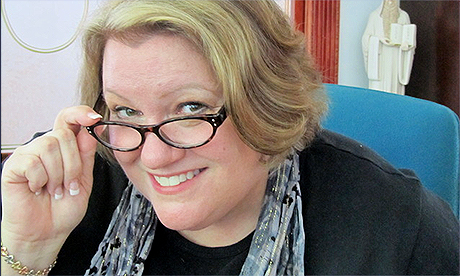New York Times columnist Maureen Dowd took the occasion of his triumphant visits to Cuba and the United States to refer to His Holiness as “the perfect 19th-century pope”, largely because he seems disinterested in creating female priests.
In her piece, Dowd’s assertions often lack context and the column itself is not particularly interesting, but it was a welcome one, nevertheless, because it allows us to consider how the Catholic Church, more than any other institutional body in history, has uplifted women and encouraged them to live to their highest potential.
Yes, a very sound argument can be made that the Catholic Church has been the means of freeing women, and not – as many unthinkingly charge – the means of their oppression.
Prior to perhaps the last 150 years, the great majority of educated and accomplished women were Catholic female religious, who conceived completely original ideas and ran with them.
Think of Elizabeth Bayley Seton, a widow with 5 children, cut off from her own family’s fortune due to her conversion, conceiving of what we have come to think of as Catholic elementary education, and essentially inventing a means for the children of the poor and the marginalized to become educated and competitive in the “new world.”
Think of Teresa of Avila, who not only reformed a corrupted religious order, but then went on to build 16 monasteries, both for men and women, while often in paralyzing pain.
Oh, and she wrote a few books that are considered classics of theology, and is now a Doctor of the Church.
Not bad for a woman who had spent her youth reading romance novels.
Think of Henriette DeLille, the daughter of freed slaves, and Katharine Drexel, the daughter of a wealthy industrialist, both founding individual orders of women who spent their time and energy building schools and hospitals for Native Americans and African Americans in the deep south.
Think of Catherine of Siena, counselor to both popes and royalty, dictating her letters to two scribes at a time. Another Doctor of the Church.
Interestingly Catherine was almost entirely uneducated and “unaccomplished” by worldly standards, but the church – hardly an elitist institution – calls her “Doctor” just as it does Saint Hildegard of Bingen, an intellectual giant of music, science, medicine, letters and theology.
Just as it does Saint Therese of Lisieux, who entered a Carmel at age 15 and never left it, but whose influence has travelled far.
Oh, and let’s not forget Joan of Arc. Continue reading
- Elizabeth Scalia is Editor-at-Large at Aleteia and the award-winning author of Strange Gods, Unmasking the Idols in Everyday Life and Little Sins Mean a Lot: Kicking Our Bad Habits Before They Kick You.
